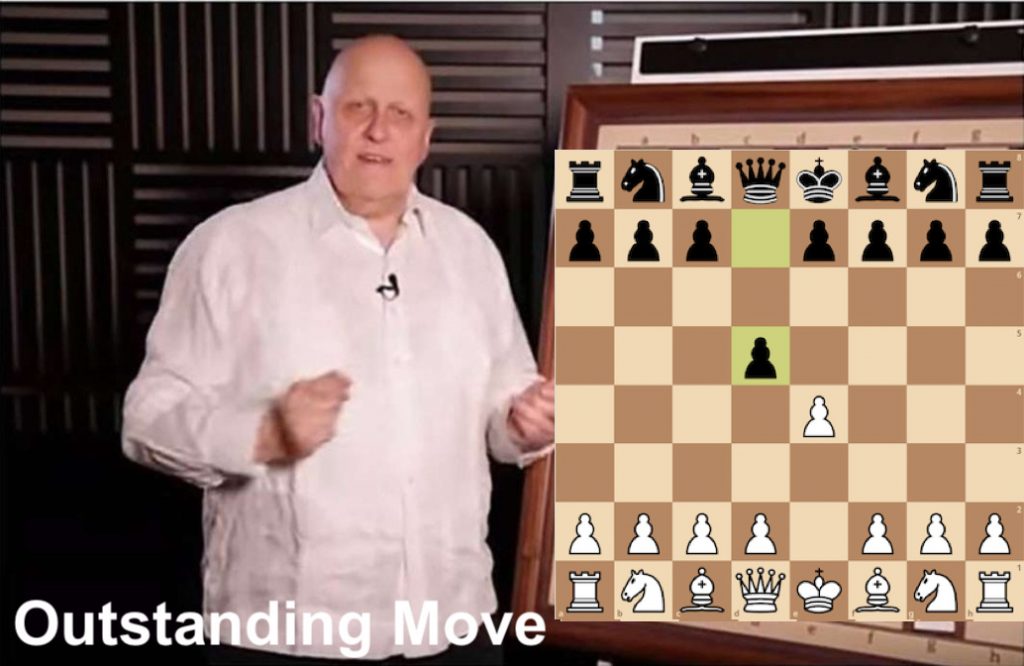There are a few openings that have a special place at the University. The two obvious examples being the all-conquering Ggrobb, practically winning after for White after 1. g4 and 2. b4, or what I’ve just learnt is called the Nimzowitsch Defence, 1… Nc6 against anything. There have been multiple games where the unstoppable force meets the unmoveable object starting 1. g4 Nc6 2. b4 but that’s theory for another time.
Another opening which has become a common phrase in the post-match pub analysis session is “A Cheeky Scandi”, often “whipped out” with devastating effect. Players that start games with 1… d6 have often being described as too weak to push the pawn all the way to d5 BY ME! In this post I’ll go over what makes a Cheeky Scandi, a bit of backstory about why I started to play it religiously and hopefully why it was gained a little bit of cult status in the University.
Firstly, we should actually talk about what is a Cheeky Scandi. Scandi is short for the Scandinavian Defence, which begins 1. e4 d5. Normally play continues with 2. exd5 Qxd5 when White usually gains time and space kicking the queen around but Black is incredibly solid, if a little passive. I like to call this the Chonky Scandi. It’s safe, solid but a bit boring. The Cheeky Scandi is a different beast. After 2. exd5, Black instead replies with 2… Nf6 giving White the option to keep the extra pawn in what is known outside of Bristol Uni as a Portuguese Gambit.

White does not have hold on to the extra pawn in which case Black gets the option to take back in the centre with their knight rather than exposing the queen early. This is already a small win and happens surprisingly often. This is the beauty of a Cheeky Scandi. 1… d5 is a rare enough opening that White may only study the main line with 2… Qxd5 and you can take them out of their comfort zone early on. However, you don’t mind them going down the most testing lines as they are often the most tactical and sharp variations. People are starting to become wise to be antics, which is why I feel comfortable revealing my secrets now, but I love playing these wild positions. Hopefully, I’m still better prepared than they are…
So, how did I come around to playing this cheeky opening? I had actually taken a long break from chess, having fallen out of love with playing the game although I was still vastly interested with following top tournaments, reading books and analysing games. I took up other hobbies to fill my competitive itch using the skills I had learned playing chess for over a decade. However, when I returned to University 8 years later, I saw an opportunity to play again in a much more fun way. A larger league with a variety of opponents, plus fun social activities that just didn’t exist in any of my previous clubs.
This sets the scene but coming back after 8 years is tough. I had previously countered 1. e4 with e5 but I really did not want to learn all the theory for different Open Games like the 2 Knights, King’s Gambit, Max Lange Attack, Ponzani, Vienna Game, the list goes on and on. I wanted something to cut all this out and I had read the excellent book, Smerdon’s Scandinavian, in my time off. Now seemed like the perfect time to switch and I was rewarded in my first competitive game in the best part of a decade.
Next time, as this is starting to look like a series, I’ll go over some more recent games in more testing variations. In the meantime, below are a couple of bonus puzzles from games that starting with these safer lines of the Cheeky Scandi. Both have opposite side castling and Black is winning the race. I’ll give the answers next time.
Puzzle 1: White had just captured on f6 and was clearly expecting Black to recapture the piece. However, what did Black play instead?
Puzzle 2: A more recent example from the Bristol online tournaments. Black’s next move should win material due to a mating attack although at the quicker time control White quickly got mated instead. What was Black’s next move?
